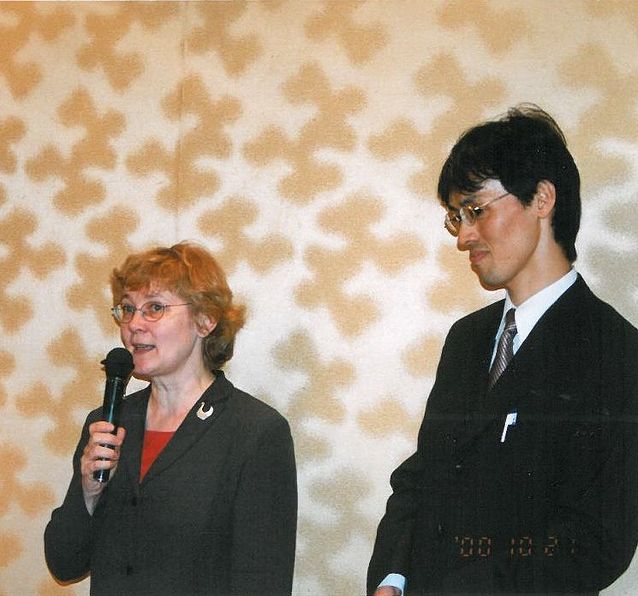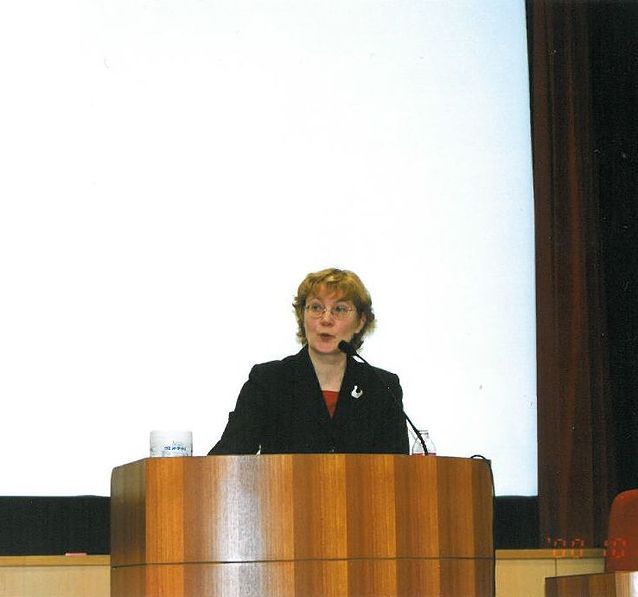Pirkko Nuolijärvi
Pirkko Sinikka Nuolijärvi
Born July 19, 1949, Artjärvi.
Master of Arts, 1972, Licentiate of Philosophy, 1985 and Doctor of Philosophy, 1986 (Finnish Language), University of Helsinki
Director, Institute for the Languages of Finland, Professor, 1998-
Associate Professor of Finnish and Communications, 1989−98, Helsinki School of Economics
Acting professor of Finnish Language, 1993−94, University of Helsinki
Acting associate professor of Finnish Language 1987−1988, University of Helsinki
Docent, Finnish Language, 1987−, University of Helsinki
Acting University Lecturer 1986−87, University of Uppsala, Department of Fenno-Ugrian Languages
Project researcher, 1982−85, Muuttajien kieli –project, Academy of Finland
Researcher, 1976−81, 1986, Institute for the Languages of Finland
Senior Archive Assistant, 1973−76, Sanakirjasäätiö (’Lexicographical foundation’)
Research Assistant, 1971−72, Käänteissanakirja (‘Reverse dictionary’), academy of Finland
Awards and honours:
Honorary Doctor, Faculty of Arts, University of Vaasa, 2006
Svenska Folkskolans Vänner, Brobyggarpriset (‘Bridgebuilder prize’), 2012
Finnish Cultural Fund Award, 2000
Doctoral Thesis Prize, August Ahlqvist, Kai Donner, Artturi Kannisto ja Yrjö Wichmann fund, 1987
Award, E. A. Saarimaa fund, 1977
Badge of Merit, Estonian Ministry for Education and Science Ministry, 2009
Knight of the Order of the White Rose of Finland (1st class), 2005
Badge of Merit, Svenska Finlands folkting- Swedish Assembly of Finland, 2003
Photo: Otso Kaijaluoto
Written by Pirkko Nuolijärvi (Riitta-Ilona Hurmerinta, ed.)
Translated by John Calton


